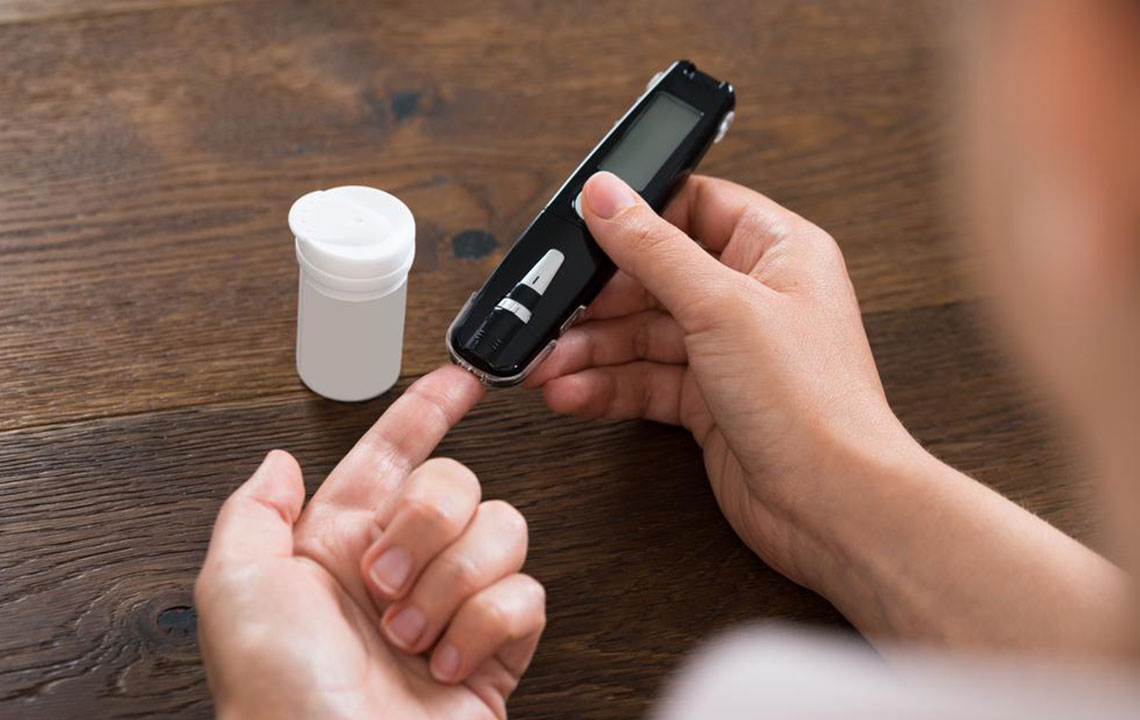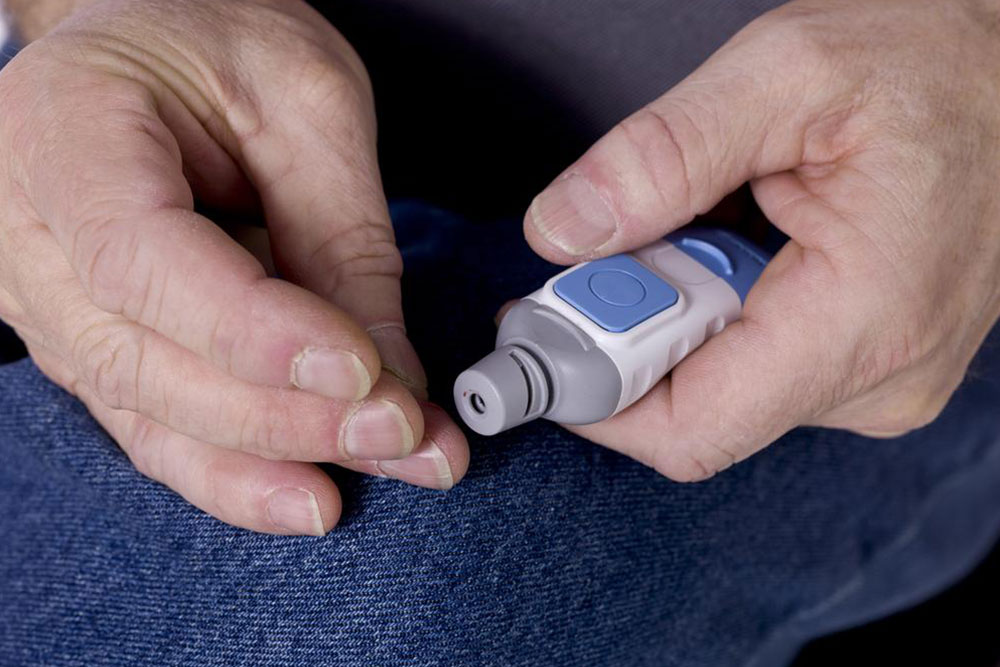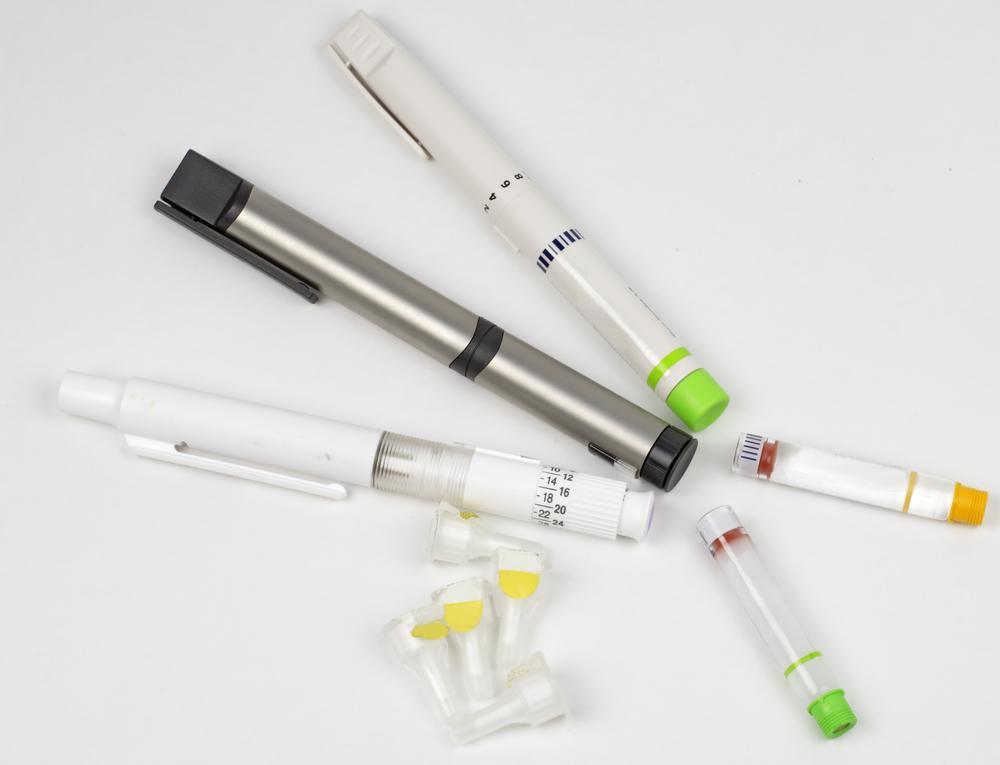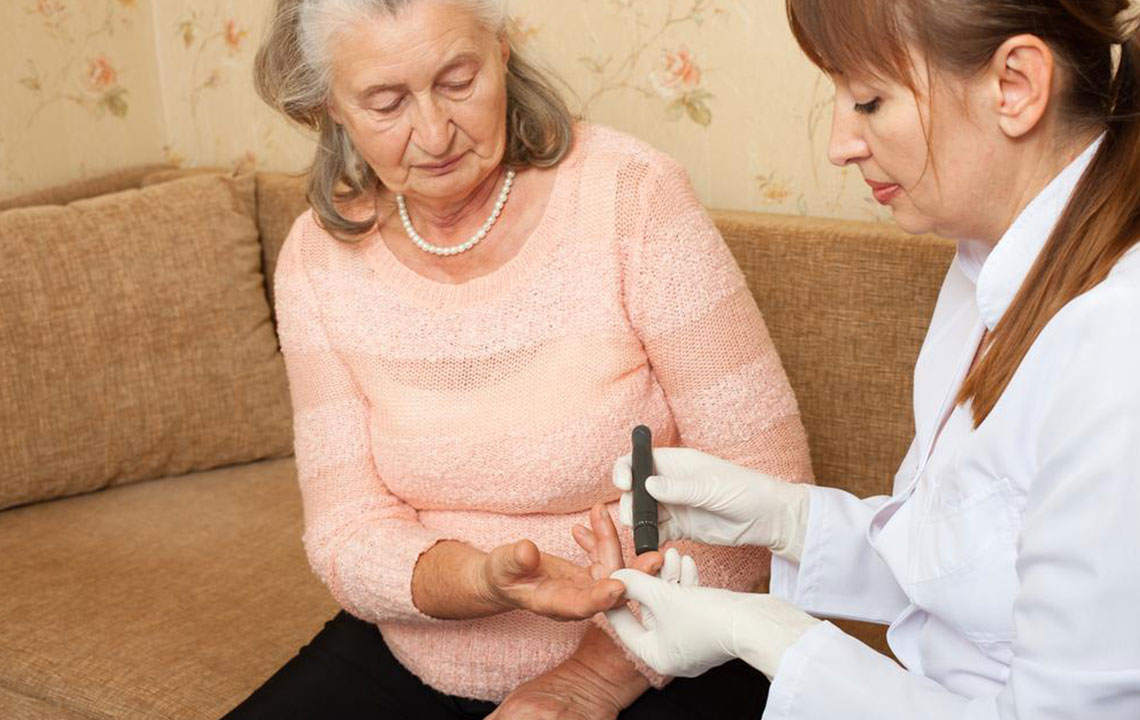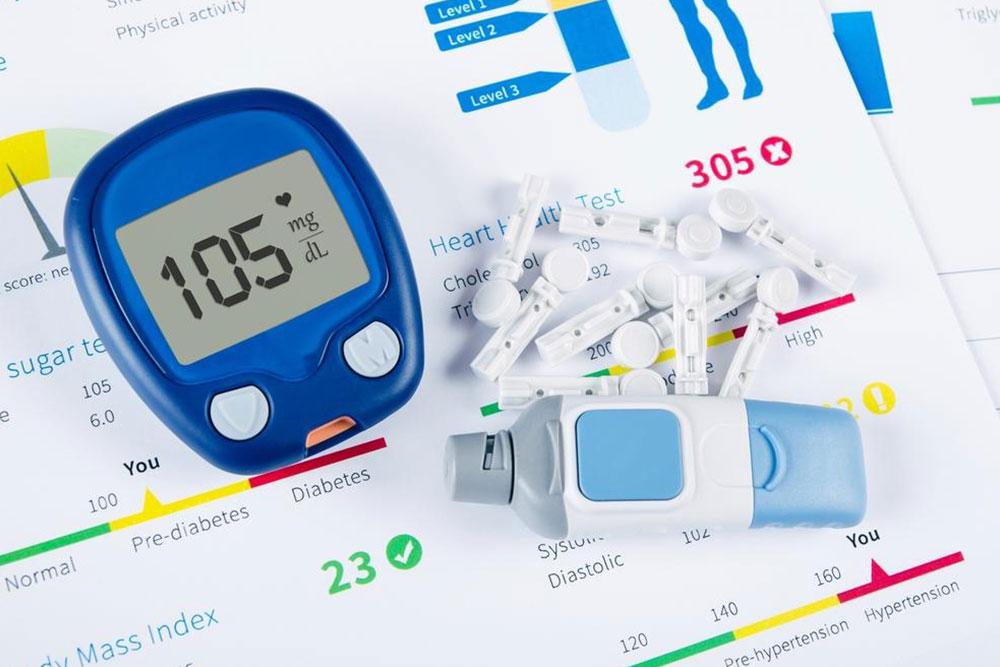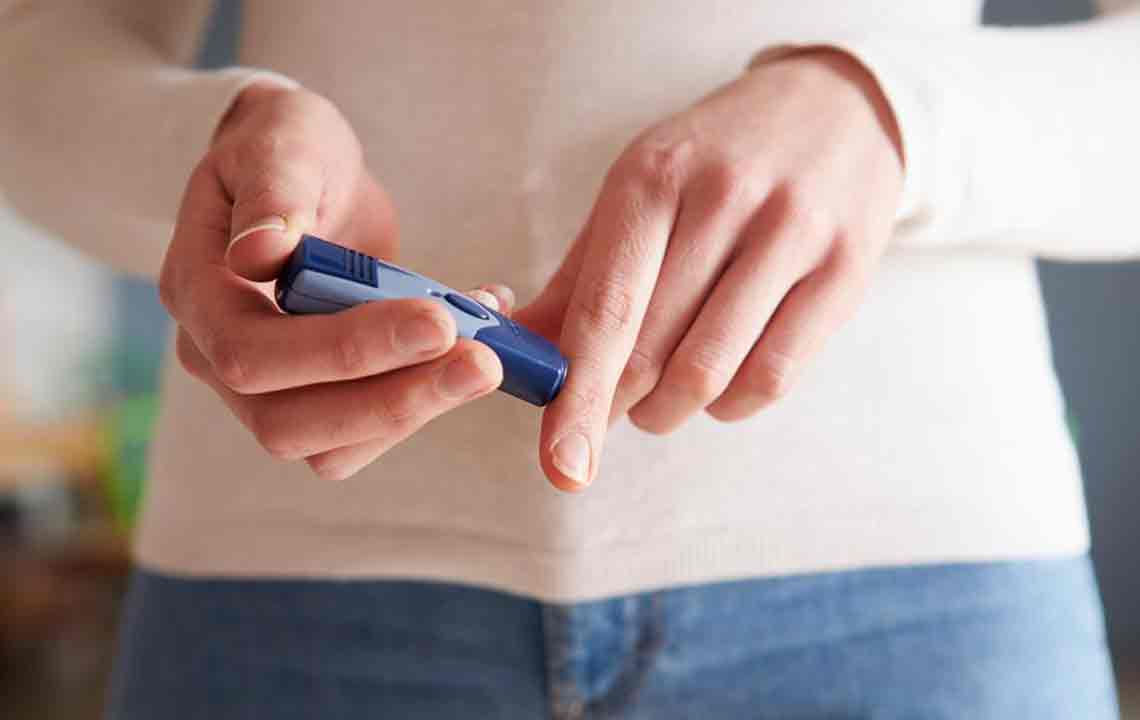Understanding the Four Main Blood Glucose Testing Methods
Learn about the four primary blood glucose tests—fasting, random, oral glucose, and HbA1c—to efficiently monitor and manage your blood sugar levels. Regular testing supports diabetes prevention and helps maintain overall health through lifestyle adjustments. Consult your healthcare provider for personalized recommendations and ensure optimal well-being.
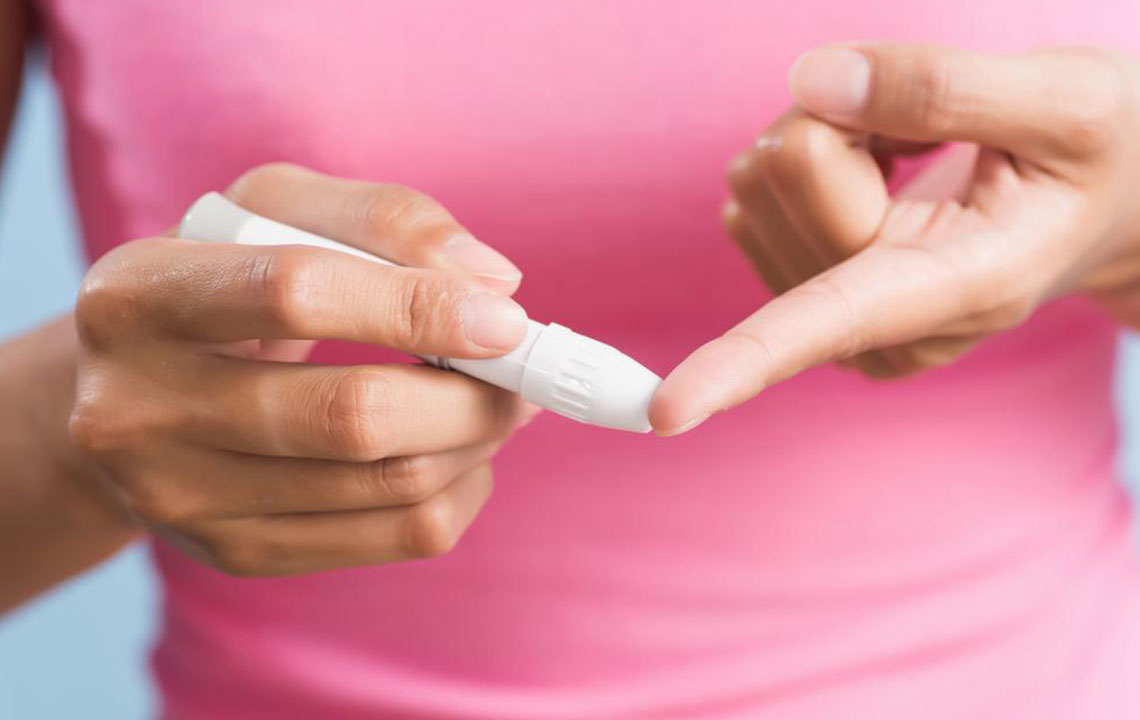
Measuring blood sugar levels is essential for managing health and preventing complications. Glucose levels are regulated by insulin, a hormone produced by the pancreas that converts sugar into energy. When insulin production is inadequate, it can lead to diabetes, an autoimmune condition. Elevated blood sugar can cause serious issues like heart disease, vision impairment, and slow healing. Regular testing is recommended for everyone, not just diabetics, to maintain optimal health. It also helps in planning diets, adjusting medications, and preparing for surgeries.
Depending on individual health needs, doctors suggest specific blood glucose tests. The most common are fasting, random, oral glucose, and HbA1c tests, each serving different diagnostic purposes.
Fasting blood glucose requires fasting for at least eight hours and is often used to detect prediabetes or diabetes. Normal levels are below 100mg/dL, with higher readings indicating potential concerns. The random test can be done any time to monitor fluctuations throughout the day. The oral glucose test screens for gestational diabetes during pregnancy by measuring blood sugar before and after consuming a sugary drink. The Hemoglobin A1c test reflects average blood sugar over time, helping to monitor diabetic control and predict complications.
Regular testing combined with lifestyle modifications like exercise, healthy eating, and avoiding smoking and alcohol ensures better health outcomes. Always follow medical advice for accurate diagnosis and management.

